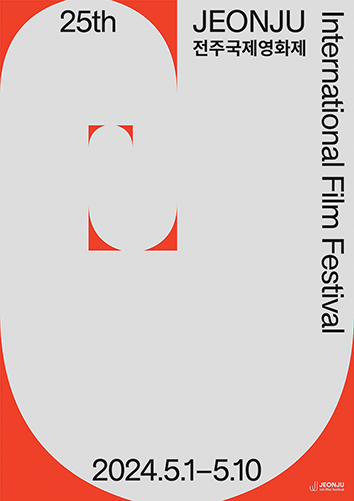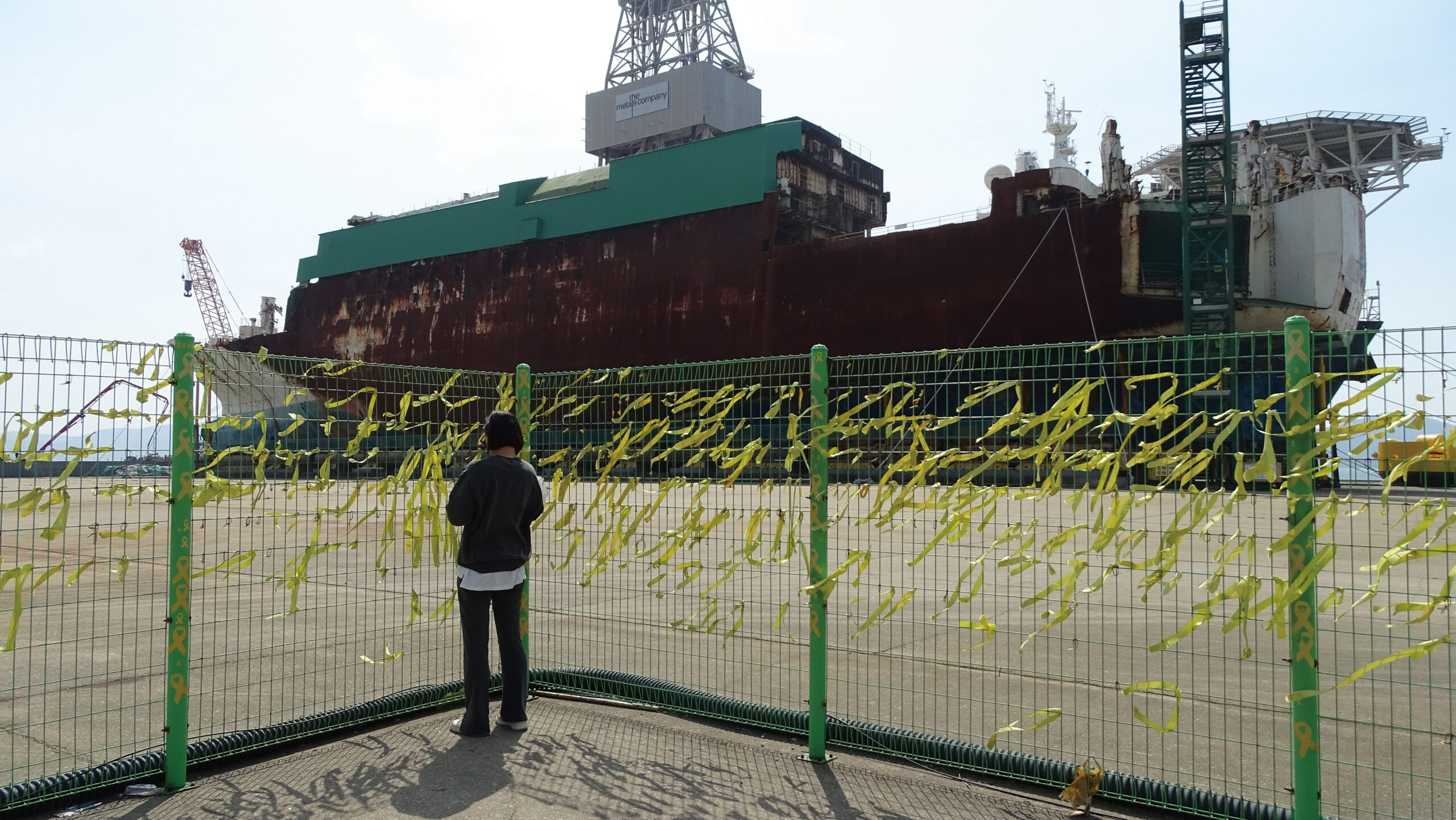On the Right Path
Written and photographed by Isaiah Winters.
Rotting along Gwangju’s extreme western fringe are the remains of two largely forgotten institutions whose infamous backstories are worth recalling. Located in sleepy Samgeo-dong, the first is a colossal monument to greed, embezzlement, and freewheeling Ponzi schemes, while the second is a dormant reminder of the legal system’s failure to protect minors from sexual abuse. Rather than let these local haunts slip into obscurity, this article seeks to reconnect them to the disgraces who once oversaw them with impunity, lest their infamy be forgotten.
The idea for this article came about after shooting and researching the former, an overgrown jumble of exposed rebar and slab concrete way out in the middle of nowhere. Though still technically within Gwangju city limits, the giant three-building complex feels as far from our bustling city as one can get. Built by Hongbok Academy in the mid-1990s but never actually completed, the now crumbling eyesore was intended to be an educational facility associated with Seonam University. If these institutions ring a bell, that’s because they and their owner, Lee Hong-ha, have been recurring themes in this column over the last two and a half years.
It’s worth reviewing Lee’s string of failed institutions that still haunt our fair city, along with the many Lost in Gwangju articles covering them. In addition to the complex featured in this article, Seojin Hospital in Juwol-dong still casts its vacant shadow over two nearby girls’ high schools (issue #200), the old Red Cross Hospital downtown still holds 5.18 history hostage (issue #203), and Namgwang Hospital in Mareuk-dong was only recently cleared of its hundreds of poorly secured vials and jars containing diseased organs (issues #210, #211, and #215). There are likely more derelicts like them – these are just the ones I’m familiar with. Venture outside the city and you’ll find entire university campuses that sit vacant as a result of Lee’s education racket.

The nameless concrete shells Lee left out in Samgeo-dong aren’t much to look at, though they’re fun to walk through and still yield a few interesting sights. Most interesting are the hundreds of Styrofoam sunhats someone abandoned inside on the first floor. As the buildings tend to flood when it rains, the hats eerily float across the surface like water striders. To the artsy soul who meticulously set the hats out in this way, thank you. I appreciate the surreal quietude of your work. Aside from its makeshift art installation and connection to Lee, who’s now himself rotting in Gwangju Prison for his many Ponzi schemes, the complex is also intriguing for the far more unsettling complex that sits next door.
The adjacent complex is none other than Gwangju Mental Hospital, which includes the now shuttered Gwangju Inhwa School for hearing-impaired children. The school initially made headlines in 2005 when half a dozen staff members – the principal included – were accused of physically and sexually abusing at least nine students. Following trial, a few of the convicted were sent to jail while others got off free due to the then statute of limitations on sex crimes. Soon after, an appellate court reduced the sentences further, with two of the convicted being released from jail as a result. Among these was the principal who, instead of serving his original five-year sentence for raping a 13-year-old student, got off with probation and a fine of three million won. Remarkably, a few of the accused teachers even returned to work at the same school, while the lone teacher credited with exposing the abuse was fired.[1][2]
Sickening as the case was, it wasn’t until the widely seen film Dogani (2011) came out that the Korean public became incensed by the scandal and pressed for change. Based on the eponymous 2009 novel by Gong Ji-young, the film was inspired by the horrors that took place at Gwangju Inhwa School and detailed the revolting abuse endured by the students, in addition to the efforts of said teacher to reveal their suffering to the public. An instant hit, the film was soon seen by millions of Koreans, including then President Lee Myung Bak who, according to his spokesperson, said, “We need to pay more attention and care for the minorities in society.”[3]

In a twist of irony, members of the then Grand National Party’s Human Rights Committee called for Gong, the author of the roman à clef, to be investigated for exaggerations in both her novel and its film adaptation and because she was “engaging in political activities.” Gong got the best of the exchange via Twitter by agreeing and amplifying: “Now the GNP has begun its plan to make me into a world-renowned author. Much appreciated.”[4] Rather than launch any investigation into Gong, what actually resulted from the public uproar was a rapid police investigation of the school to find further irregularities.[5]
In fact, only two months after the film’s release, Gwangju Inhwa School’s licensing as a social welfare school was revoked, and the students were set to be relocated. In addition, the local education office either suspended the jobs or canceled the teaching licenses of teachers involved in the scandal.[6] Also within that timeframe, the National Assembly passed the “Dogani Law,” a revision of the sexual crimes bill that removed the statute of limitations and allowed for heavier penalties in cases of sexual abuse involving children under 13 and the disabled. Additional sentencing was tacked on for any organization staff or administrative heads who were found guilty of such crimes.[7]

Today the Gwangju Inhwa School sits empty, and its late principal lies dead from pancreatic cancer. On my last visit to the area, I noticed an absurdly large statue of Jesus with outstretched arms nestled into the nearby hillside. Wanting a closer look, the “path to Jesus” took me past yet another forested complex in the area – a sort of religious school retreat that I’d never seen before. Staff members there were extremely kind and guided me on the right path to their oversized Messiah. Passing through the complex, I spotted a young girl of maybe 12 or 13 waving joyfully to me from a second story window. A sinking sadness rushed over me when I realized she was special needs. Masking a smile, I waved back and continued on my path.
Sources
[1] Kim R. (2011, September 27). Film ignites call for probe into assaults. The Korea Times. http://www.koreatimes.co.kr/www/news/nation/2011/09/117_95595.html
[2] Bae J. (2011, September 29). Film rekindles rage over Inhwa School case. The Korea Herald. http://nwww.koreaherald.com/view.php?ud=20110929000867
[3] Kim R. (2011, October 04). “Dogani” school faces closure. The Korea Times. http://www.koreatimes.co.kr/www/news/biz/2011/10/113_96054.html
[4] Jung, D. (2011, October 29). GNP calls for investigation into “The Crucible” author. Hankyoreh. http://english.hani.co.kr/arti/english_edition/e_national/503050.html
[5] Chosunilbo. (2011, September 29). Police to Reinvestigate Sex-Abuse Claim at Deaf School. http://english.chosun.com/site/data/html_dir/2011/09/29/2011092901215.html
[6] Na, J. (2011, October 31). “Dogani” school to be shut down. The Korea Times. http://www.koreatimes.co.kr/www/news/nation/2011/10/113_97714.html
[7] Kim, R. (2011, October 28). National Assembly passes “Dogani Law.” The Korea Times. https://www.koreatimes.co.kr/www/nation/2020/02/113_97529.html
The Author
Originally from Southern California, Isaiah Winters is a Gwangju-based urban explorer who enjoys writing about the City of Light’s lesser-known quarters. When he’s not roaming the streets and writing about his experiences, he’s usually working or fulfilling his duties as the Gwangju News’ heavily caffeinated chief proofreader.








